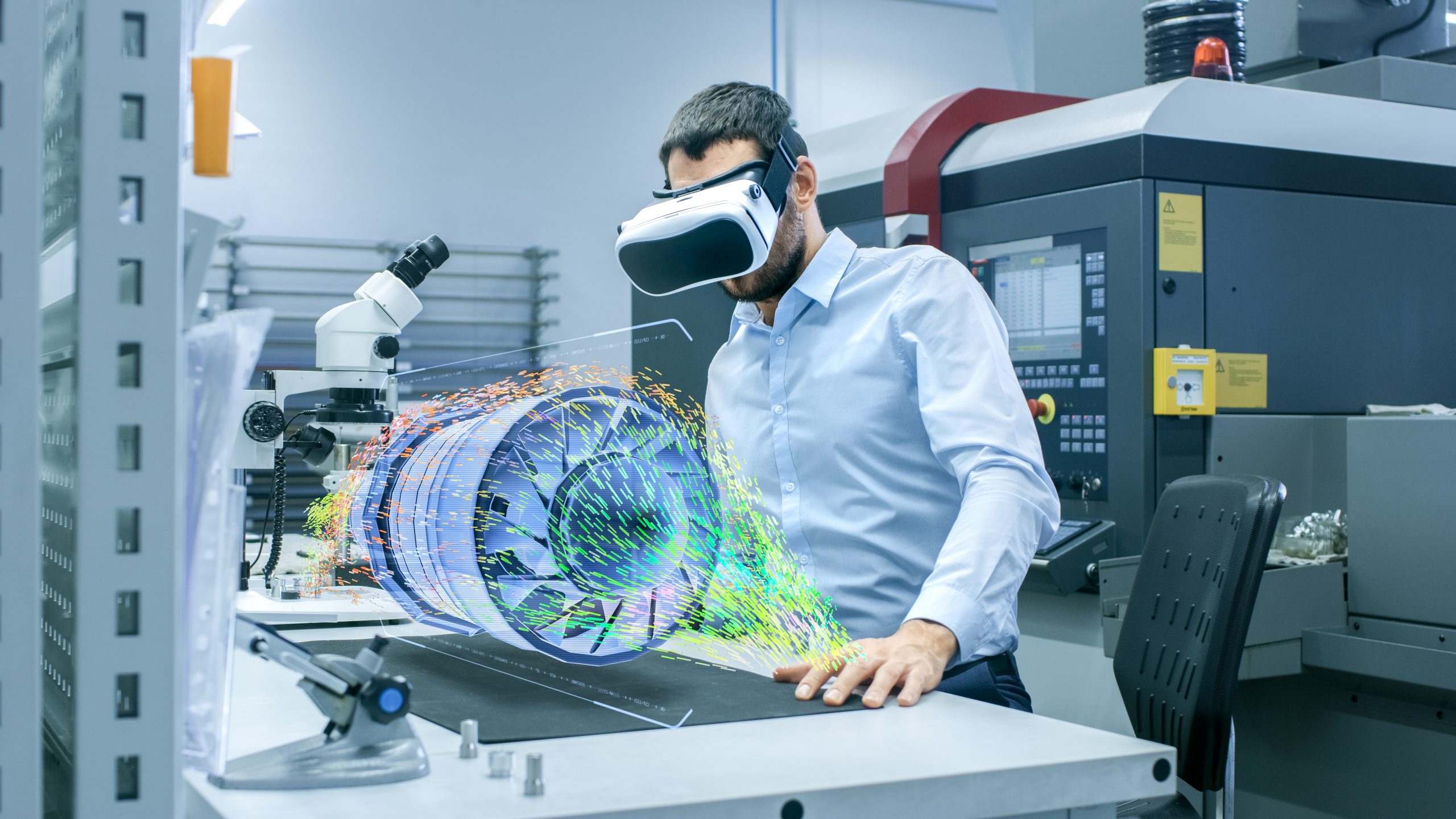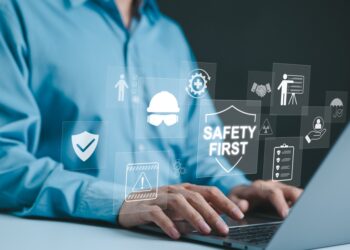In today’s demanding industrial environment, there is an urgent need for training that truly helps workers acquire knowledge and develop new skills they can perform on the job.
According to industry data, more than a quarter of plant incidents occur because workers lack competence. Many situations require a fast response based on an accurate understanding of equipment in the appropriate context.
Unfortunately, the current business environment has severely restricted the ability to perform classroom instruction at most industrial sites. Knowledge transfer between seasoned employees and new hires have become increasingly difficult.
Faced with increasingly complex technology and an experienced workforce nearing retirement, plants need robust training solutions that accurately depict real-world environments.
Due to the challenges caused by the current strained environment, the need for technology in conducting business has taken on new importance.
In the recent 22nd Annual Global CEO Survey by PricewaterhouseCoopers, the results showed that the Middle East is anxious when it comes to the progression of technology. Three quarters of the CEOs in the region regard ‘the speed of technological change’ as a business threat. Meanwhile, the report stated that VR and AR have the potential to add $4 billion to the UAE economy by 2030, highlight not only the technology’s importance but also its urgent need.
Evolution of training simulators
Manufacturers have long utilised Operator Training Simulator (OTS) systems to train process operators in large-scale industrial applications. These simulators are used for instruction on a wide range of operational procedures, imparting fundamental process understanding and maintaining and improving occupational skills in a safe environment.
Modern OTS solutions combine dynamic process simulations, emulated control systems and replicated interfaces to recreate the look, feel and behaviour of the actual plant. They provide an effective means for optimising processes and gaining operational experience.
In recent decades, OTS systems have employed digital twin technology to replicate physical processes and assets within a virtual environment. This approach provides the closest possible virtual image of a real control system, serving as a simulation model of reality with all components, their characteristics, functionalities and parameters.
Digital twins developed by process experts can help retain and transfer valuable expertise to a newer control room and field operators.
There is an increasing shortage of incoming skilled talent in the industry, which in turn creates an increasing need for technology to act as a knowledge-transfer tool. With the latest Immersive Field Simulator (IFS) and a digital twin, knowledge can be retained with the confidence that it will be imparted in a safe environment and effective manner.
Deloitte recently reported that VR training not only helped employees learn more quickly, but those same employees learned more information and retained higher percentages of what they learned – for an extended period of time.
Additionally, IFS represents an exciting digital approach to training, which attracts young minds that are looking to move away from rigid industries and into industries that are ahead in digitalisation.
Taking an immersive approach
For many years, control room personnel had comprehensive training programs, while field workers relied on hands-on instruction to learn their job functions. This situation has evolved with new immersive simulation technology enabling teams of field operators and technicians to interact via virtual walkie-talkies and achieve a training experience similar to their counterparts working at control room consoles.
The IFS provides a virtual reality (VR)/mixed (MR)-based training solution, which helps better train today’s industrial workforce. The IFS can be used to extend console operator simulator training to field operators for credible, realistic and immersive collaborative training experiences. This solution enables operating companies to increase their worker competency while enhancing safety, so they can maximise their plant performance.
According to a recent PricewaterhouseCoopers study, VR learning is four times faster than traditional classroom instruction and four times more focused than e-learning. It also inspires 300% greater confidence in trainees doing their jobs in the real world. The codification of training with sight and sound makes VR learning much closer to hands-on “practice by doing” than existing e-learning techniques.
In another very recent report by Mursion and Future Workplace, more than 72% of learning and development leaders across industries are expected to have tried VR for soft skills training at their organisation by 2022. This is more than double the current 35% currently deploying VR skills simulations.
Leading automation suppliers like Honeywell have offered operator training simulators to replicate the functions and activities of an industrial control room setting. However, this training-based control room was not connected to the actual production operation but rather was tied to a digital twin of the process and assets. With the IFS, the same digital twin has now been paired with a digital twin of the 3D world—essentially the plant itself with details such as handrails, ladders and stairs, as well as individual assets such pumps, compressors and pipes. The replications are linked to a mathematical process model so that an action such as turning a valve in the virtual world also changes the variables in the back-end digital twin of the process. These functions are subsequently connected to the control room training simulator.
Putting the technology to work
In the same way pilots practice takeoffs and landings with a flight simulator, an immersive training simulator offers a smooth, virtual walkthrough to familiarise workers with the operations they’ll encounter in their day-to-day jobs. It includes avatars that represent virtual team members. This approach helps to greatly improve skill retention versus traditional training methods and significantly reduces the length of technical training.
Immersive field simulation is a preferable method of training for today’s digital-native workforce, which is taking over many complex job responsibilities on the plant floor. Traditional classroom and e-learning techniques are often ineffective with the new generation of workers. In a study by the National Training Laboratory, retention rates for VR learning were around 75% and help fill the skills gap between experienced employees who are retiring in large numbers and younger workers who must gain know-how in a wide range of critical operations.
Going forward, new digital twin solutions will be developed to address asset performance management and relate the health and performance of crucial assets to the 3D digital twin that exists today.
Conclusion
The drive for higher efficiency and greater safety in an ever-more-stringent regulatory environment is causing plant owners to consider new ways to enhance training of their personnel.
Unlike equipment assets, people are mobile and are the key enabler of plant’s safety and productivity. Their skills vary by individual with each one learning and retaining knowledge differently.
A new generation of Immersive Field Simulator incorporates virtual reality to provide plant operators and field technicians with a detailed, accurate training environment. This solution helps improve training times beyond traditional classroom-based learning and minimises situations that can result in operational downtime.










Discussion about this post